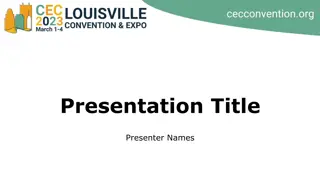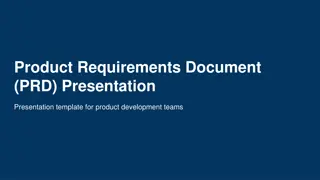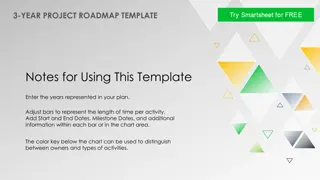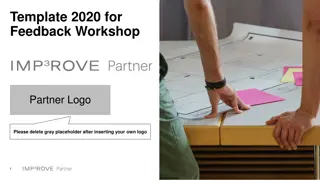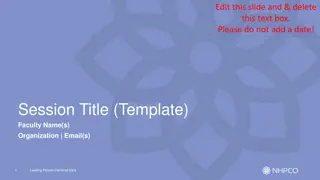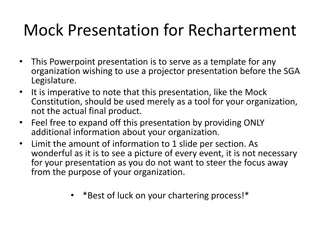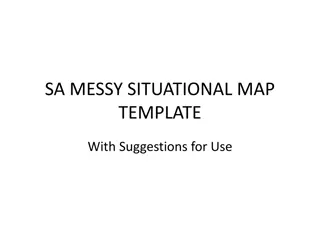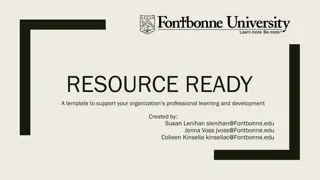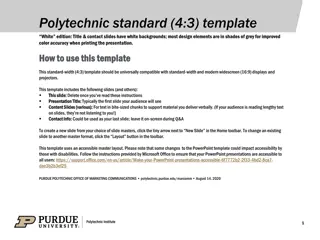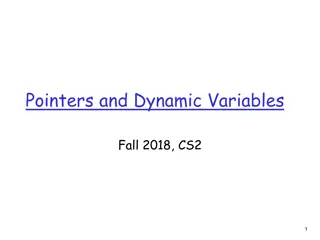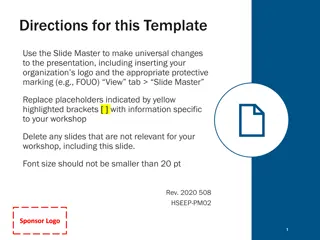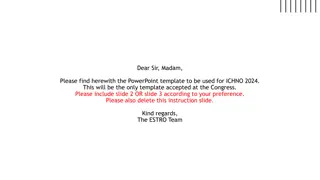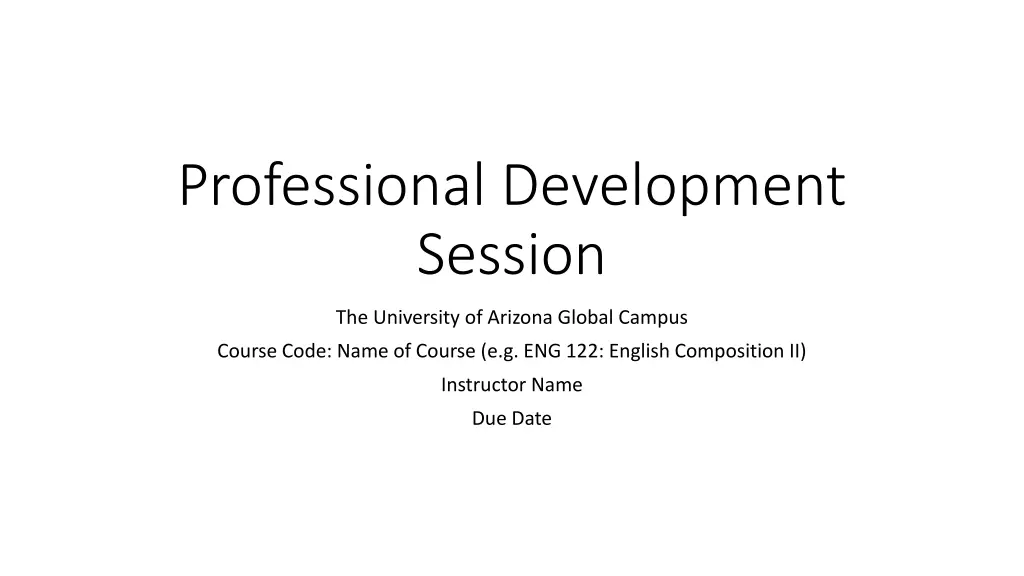
UDL Implementation: Effective Strategies for Diverse Learners
Explore Universal Design for Learning (UDL) principles and their application in educational settings for diverse learners. Discover ways to integrate UDL into lesson planning to cater to various learning preferences and needs. Enhance student engagement, representation, and expression while promoting equity in education.
Download Presentation

Please find below an Image/Link to download the presentation.
The content on the website is provided AS IS for your information and personal use only. It may not be sold, licensed, or shared on other websites without obtaining consent from the author. If you encounter any issues during the download, it is possible that the publisher has removed the file from their server.
You are allowed to download the files provided on this website for personal or commercial use, subject to the condition that they are used lawfully. All files are the property of their respective owners.
The content on the website is provided AS IS for your information and personal use only. It may not be sold, licensed, or shared on other websites without obtaining consent from the author.
E N D
Presentation Transcript
Professional Development Session The University of Arizona Global Campus Course Code: Name of Course (e.g. ENG 122: English Composition II) Instructor Name Due Date
What is UDL? Insert a few key words and images that represent Universal Design for Learning Insert a few key words and images that represent the three principles of UDL.
Traditional Versus UDL Planning Insert a few key words and images that represent traditional and UDL planning.
Implementing UDL You are developing a lesson using the UDL principles you just learned about in your professional development. You take a moment to proactively consider the learning needs of your learners. You have a class size of 20 students. Eight of those students prefer to learn visually, 2 prefer to learn through auditory means and 10 prefer to learn kinesthetically. Additionally, 3 of those students are English Language Learners who have limited English vocabulary and struggle with planning and organizing writing assignments. One student in your class has a hearing impairment, another student has a limited attention span, and one student has severe anxiety.
Multiple Means of Representation Insert a few key words and images that reflect Multiple Means of Representation and your responses to the questions in this section.
Multiple Means of Action and Expression Insert few key words and images that reflect Multiple Means of Action and Expression and your responses to the questions in this section.
Multiple Means of Engagement Insert a few key words and images that reflect Multiple Means of Engagement and your responses to the questions in this section.
Equity Insert a few key words and images that reflect benefits of UDL and your responses to the questions in this section.
References Use APA format to cite and reference at least one scholarly source in addition to your textbook on your References page. Remember, you MUST include in-text citations throughout your paper to show your reader what information you used from these sources. Formatting Your References List Hint: Review Formatting Your References List for further help.




